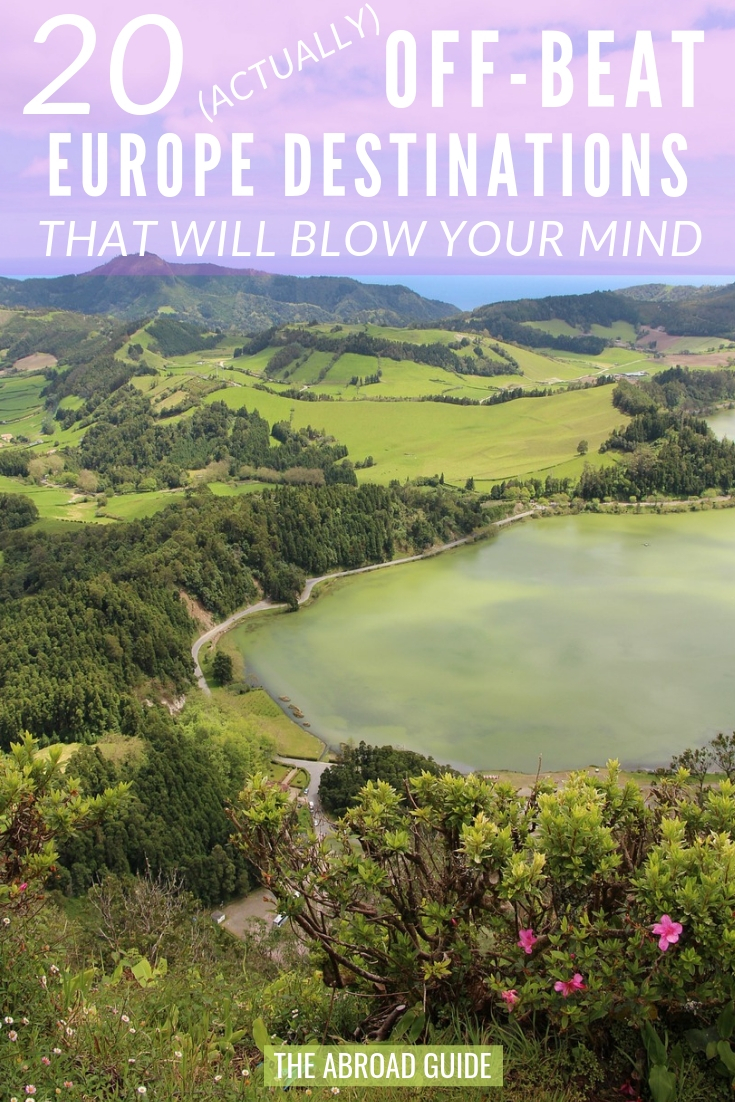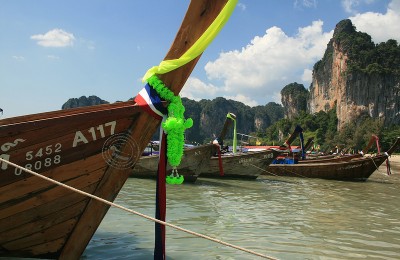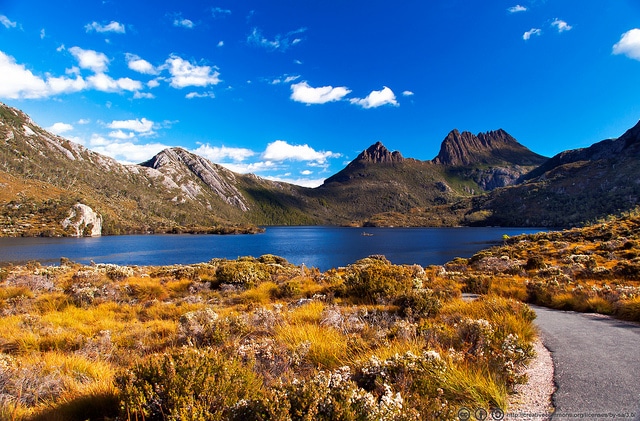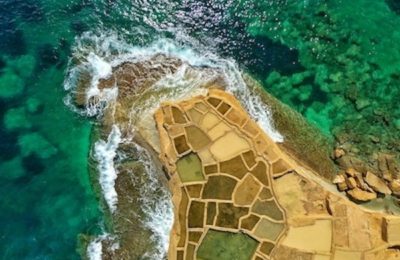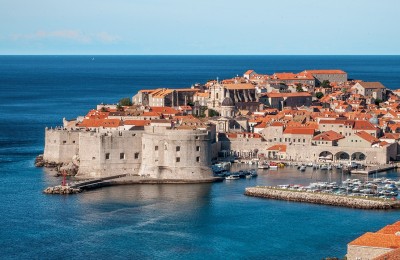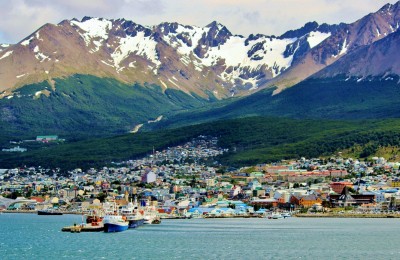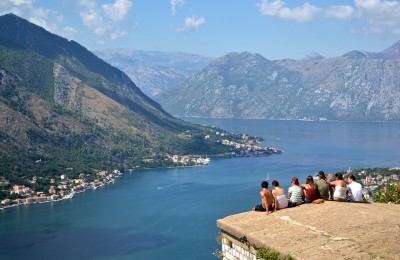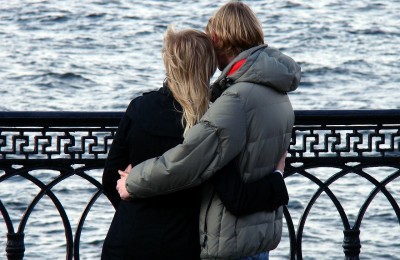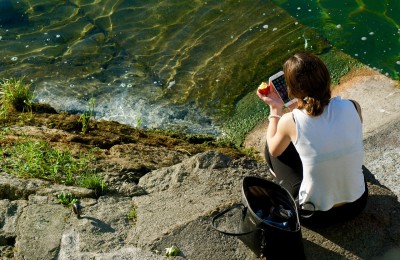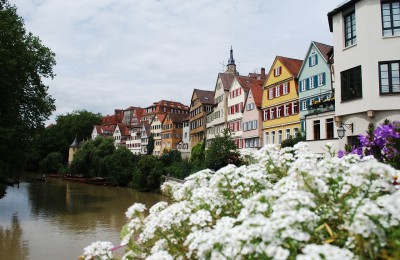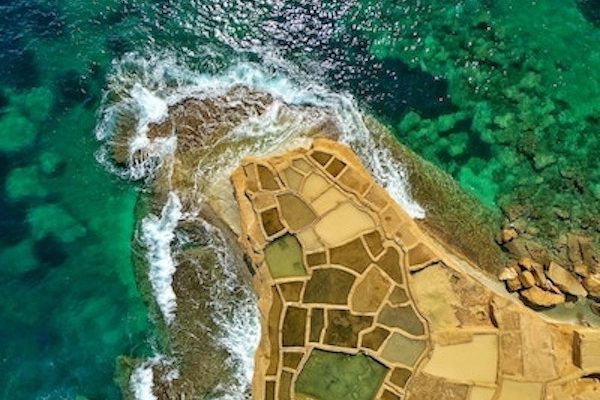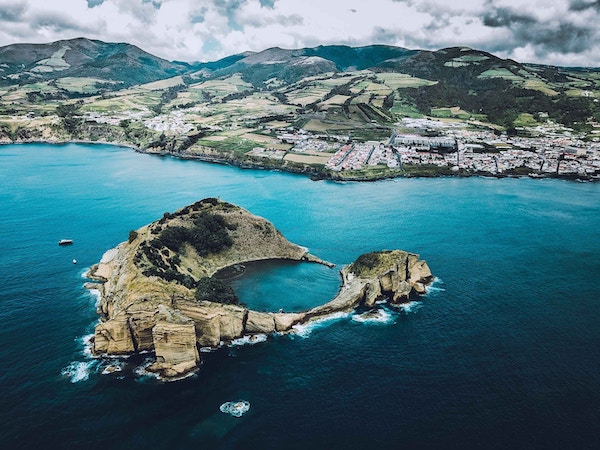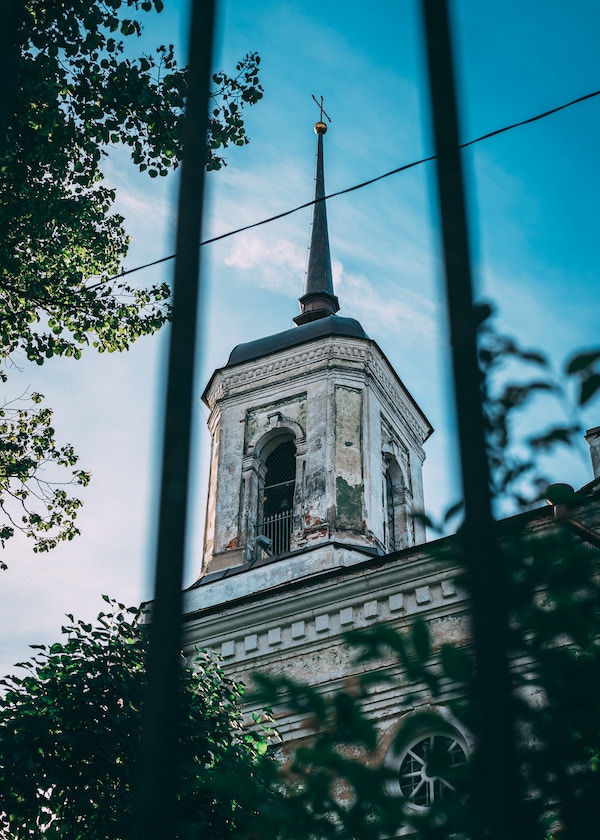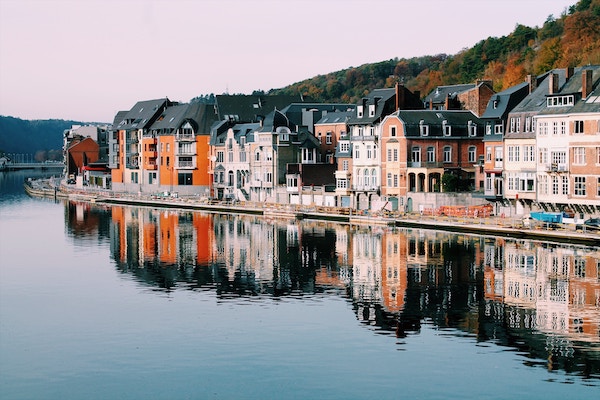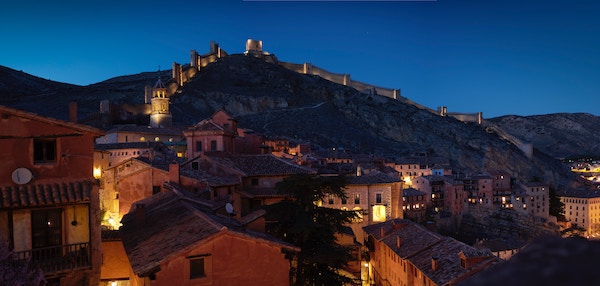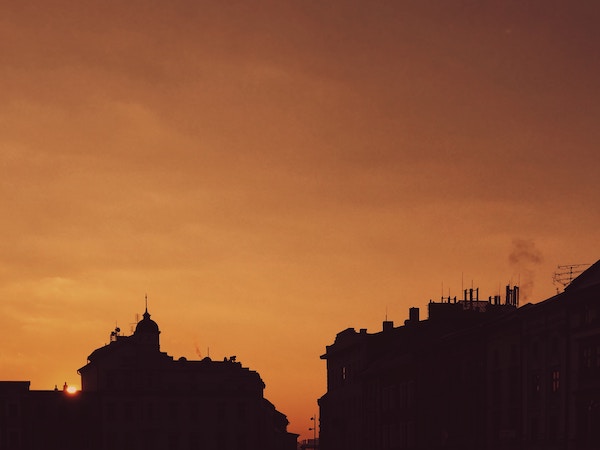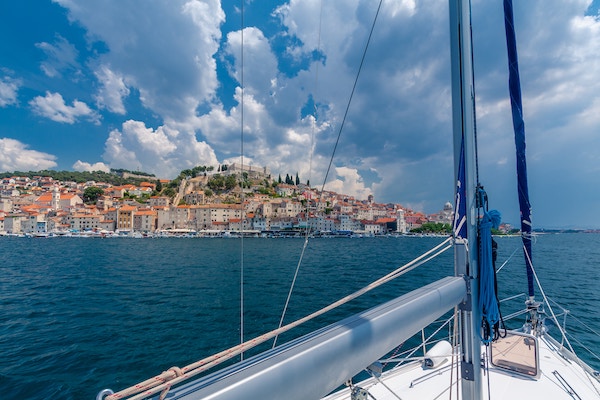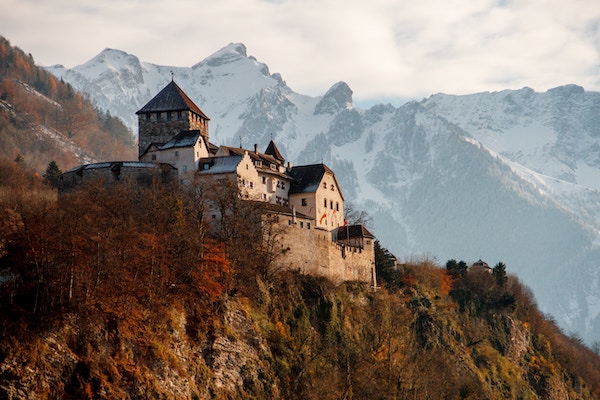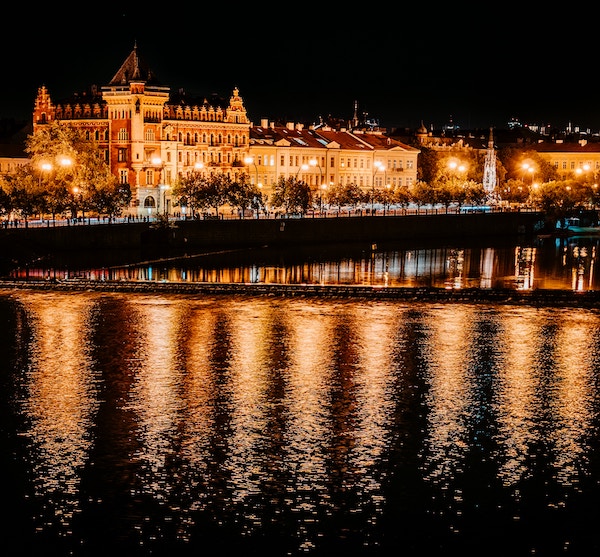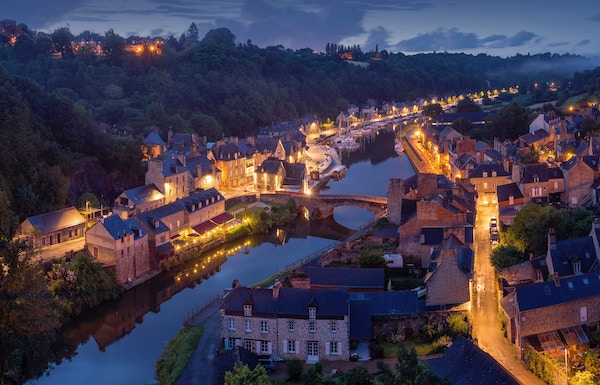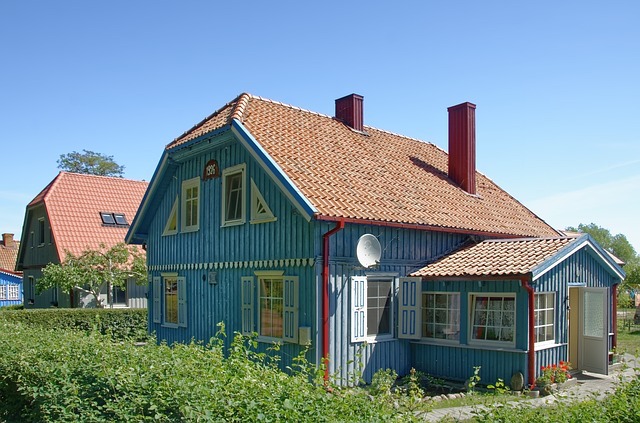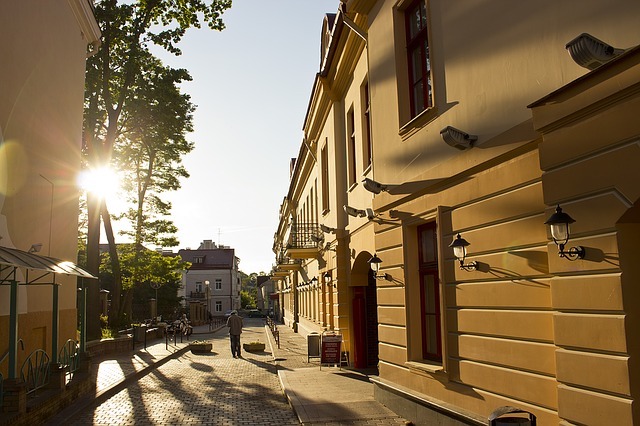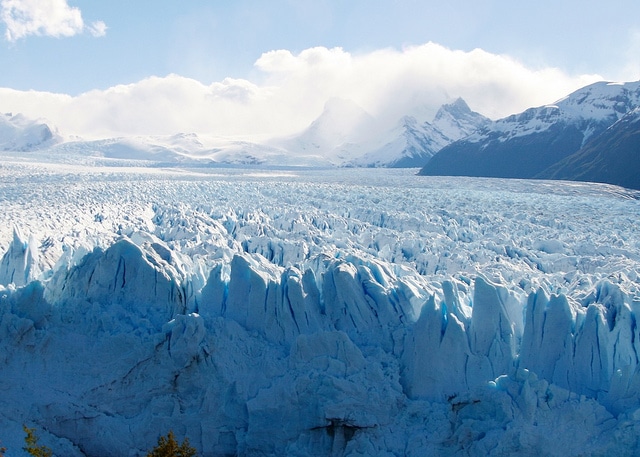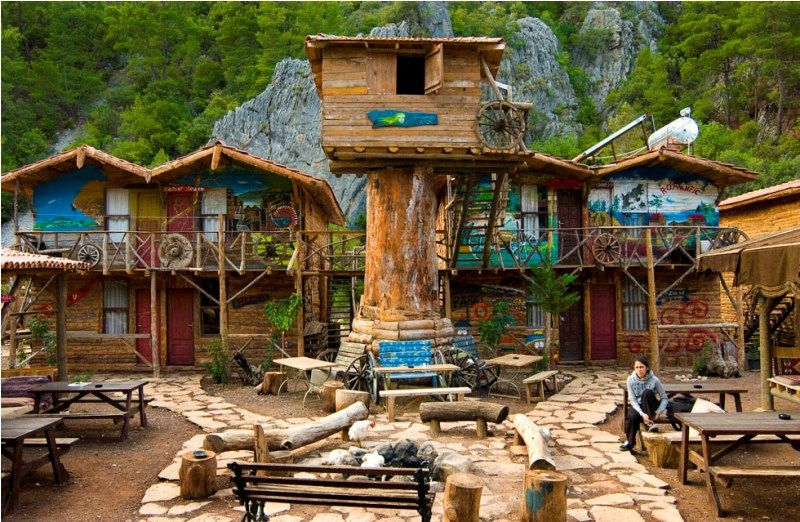While Europe’s most famous attractions are usually popular for a reason, they are hardly the only ones worth seeing. Traveling to Europe to discover the less touristy places is a chance to explore the unexpected, to find hidden gems you didn’t know existed, and to have it all (or mostly) to yourself. Plus, getting off the beaten path helps to combat over tourism, which has had a major negative impact on both the environment and the culture in many places, including in Europe.
Instead of taking the classic, well-trodden Eurotrip, try visiting some of these incredible offbeat destinations.
1. Gozo, Malta
If you haven’t spent much time in Europe, there’s a good chance you haven’t even heard of Malta, the island-nation off the coast of Sicily. But for such a tiny country, it packs a real punch – stunning nature, lively nightlife, fascinating architecture, pristine beaches. Plus, it has great weather and extremely low crime rates, and most people there speak English.
What few visitors Malta gets mostly flock to the main island, but the country’s second island of Gozo is even more tranquil. From scuba diving to rock climbing, it’s a nature-lover’s dream, and it also has a surprisingly busy calendar of cultural events. For those who just want to chill, though, there are more than enough places to lay down a towel and spend the day looking out over the clear blue water.
Find out more about Gozo on the Malta Tourism website.
2. Faial, Azores, Portugal
The Azores, an archipelago of Portuguese islands in the Atlantic, have become increasingly popular over the past several years. Still, they make a fantastic alternative to visiting the more overtouristed mainland Portugal. The islands of the Azores are stunning, with their rolling green hills, sandy beaches, hot springs, and volcanic craters, not to mention the charming small towns.
The largest island, Sao Miguel, gets most of the visitors, so head to Faial for a more offbeat experience. This is an island where you can hike, snorkel, and sunbathe undisturbed, or take a dolphin- or whale-watching trip off the coast. The island’s main town of Horta has plenty to offer in its own right, from monumental churches to history museums to the colorful murals along the harbor.
This guide by TripTins will tell you more about what you can do on Faial.
3. Tartu, Estonia
Estonia isn’t a country that gets a lot of tourism, to say the least. A former Soviet Republic and one of the three Baltic states, it’s a real treat for the travelers who do make it there. Even better? Get out of the capital of Tallinn, and head to Estonia’s second city of Tartu.
The country’s cultural and intellectual capital, Tartu is home to impressive museums, churches, and parks, as well as a major university. Most of Tartu’s top attractions and restaurants are in the Old Town, which is also a beautiful area to just walk around.
See what else you can do in Tartu, Estonia.
4. Dinant, Belgium
Belgium doesn’t exactly get the love that many other European countries do; Brussels is universally recognized as one of the continent’s least interesting capitals, and the rest of the country usually gets ignored. Fortunately, there’s Dinant, a picturesque spot that just might change your mind about Belgium.
Located in southern Belgium, Dinant is a small town of bright red and orange buildings punctuated by the iconic Collegiate Church of Our Lady. The setting only adds to the charm of the town, situated right in between the River Meuse and a towering cliff.
Head to Rough Guides to find out more about Dinant.
5. Alta, Norway
Thanks largely to its isolation and harsh climate, northern Norway doesn’t get a lot of visitors. But way up north is where you’ll have the best chance of seeing the Northern Lights during the winter – and where you’ll get the midnight sun in the summer.
Situated in Norway’s northernmost county, the town of Alta has only 20,000 people. This is a place to enjoy nature at its finest, from hiking and biking in the summer to snowshoeing and (of course) aurora chasing in the winter. Its nickname is the Town of the Northern Lights, after all.
6. Prizren, Kosovo
Kosovo is a country in limbo, having declared independence – recognized by over half of the world’s countries – in 2008, but still claimed by Serbia a decade later. Now is an interesting time to experience Kosovo, and there’s no better place to do it than in Prizren.
The country’s cultural heart, Prizren has a bunch of impressive structures to check out, including churches, mosques, a monastery, and a medieval fortress. The town has a busy calendar of festivals, but the best known is Dokufest, an international documentary and short film festival that takes place every August. For outdoors enthusiasts, Prizren is also the gateway to the nearby Shar Mountains.
7. Albarracin, Spain
Spain is the world’s second-most visited country, so you’d be forgiven for thinking it no longer has anyplace off the beaten path. Fortunately, you’d be wrong! Albarracin in east-central Spain has been called the most beautiful village in the country – but because it’s so remote, it’s yet to be overrun by tourists.
This tiny village admittedly doesn’t have a lot to do. Albarracin is more of a place to spend some time just wandering the streets, reveling in the atmosphere, and enjoying the architecture and scenery, before you stop for some tapas.
Apart from that, Spain is ranked as the safest country in the world to travel solo as a woman by World’s Danger Index and it is a strong reason to visit that.
8. Olomouc, Czech Republich
A city that’s underappreciated both within Czech Republic and abroad, Olomouc is a fantastic alternative to Prague, which is suffering from the effects of overtourism. Olomouc, on the other hand, attracts relatively few visitors, meaning you won’t have to elbow your way around its incredibly well-preserved Old Town.
The Holy Trinity Column and the Church of St. Maurice are Olomouc’s biggest attractions and are both must-sees. In this town, you’ll also find a unique astronomical clock, a number of lavish fountains, and the ruins of the Olomouc Castle.
Find out more about Olomouc.
9. Sibenik, Croatia
Croatia has emerged as a major tourist destination in recent years, but parts of the country are still well off the beaten path. Sibenik, not far from Split on the Adriatic coast, is one such place.
Despite being home to two UNESCO World Heritage Sites, relatively few travelers make it to Sibenik. The Cathedral of St. James and the St. Nicholas Fortress are both incredible architectural wonders; either one would be well worth the trip, but you definitely shouldn’t miss the chance see them both.
10. Vaduz, Liechtenstein
The micro-state of Liechtenstein is one of the world’s smallest and least-populated countries, as well as one of the richest – and one of the least visited. If you want to see a European destination that not many people have heard of and fewer have visited, the capital of Vaduz is just the place.
Though it has only 5,000 people, Vaduz boasts several attractions, including Kunstmuseum (the state museum), Vaduz Castle, and the Cathedral of Saint Florin. Beyond these key sites, just enjoy walking the streets of the tiny capital – or take a day trip to literally anywhere else in the country (at just 62 square miles, nothing will be out of reach).
11. Tiraspol, Transnistria (Moldova)
There’s something fascinating about countries that aren’t really countries: breakaway regions, partially recognized nations, semi-autonomous areas. The Republic of Transnistria, generally considered part of Moldova, is one such place. Its capital city of Tiraspol, as you might guess, is a super offbeat place to visit.
Transnistria has more Russian and Soviet influence than the rest of Moldova, which will be apparent in Tiraspol’s Suvorov Square, the Presidential Palace, and the House of Soviets. Unexpectedly, it’s also home to the Kvint Factory, which supposedly makes the world’s best cognac.
Find out more about Tiraspol on Lonely Planet.
12. Lublin, Poland
While most visitors to Poland flock to Krakow and Gdansk, you’re missing out if you overlook the rest of the country. Near the borders with both Ukraine and Belarus, Lublin doesn’t attract many tourists, but it’s packed with things to do. Wander the Old Town, gawk at St. John the Baptist’s Cathedral, and tour the Lublin Castle, for starters.
You can’t visit Lublin and skip Majdanek, not far from the city center. It was one of the largest Nazi concentration camps and is now a museum dedicated to the atrocities that took place there.
Find out more about Lublin on Lonely Planet.
13. Dinan, France
In a region that’s full of picturesque little towns, Dinan still stands out. Located in Brittany on France’s northwestern peninsula, Dinan is teeming with Breton culture. Lacking in formal tourist attractions, it’s a place to simply wander and take in the atmosphere, especially in the historic center of Place des Merciers.
Savory crepes called galettes are the specialty in Dinan, so be sure to have them at one (or every) meal during your visit. Washing it down with the locally-made hard apple cider is optional, of course.
Find out more about what you can do in Dinan on The Travel Hack.
14. Cluj-Napoca, Romania
The unofficial capital of Transylvania, Cluj-Napoca feels worlds away from the legend of Dracula. With students making up a third of its population, Cluj (as locals call it) is a young, multicultural city and a hub of innovation.
Cluj might still be largely unknown to foreign tourists, but it’s received all kinds of accolades: European Youth Capital, one of the Art Cities of the Future, Europe’s Friendliest City, and the Best Air Quality in Europe. Oh, and it arguably has the best café culture in Eastern Europe, too.
Find out more about Cluj-Napoca.
15. Koufonisia, Greece
Greece long been among the world’s most popular spots for a beach vacation – one coupled with ancient history, fabulous food, and iconic architecture. While places like Santorini and Mykonos are flooded with tourists, there are over 200 inhabited islands in Greece, many of which offer a more off-the-beaten-path experience.
One such island is Koufonisia (technically a trio of islands, but only Upper Koufonisia is inhabited). Mostly flat and just a couple square miles in size, the island has almost no cars, since everything can be easily reached on foot or bicycle. You can spend your days walking from pristine beach to pristine beach, lounging on the soft white sand and swimming in the clear blue water. You’ll be left wondering how it’s possible that Koufonisia has been overlooked, but wanting to keep it a secret.
Find out more about what you can do in Koufonisia on the Geeky Explorer.
16. Melnik, Bulgaria
The word about Bulgaria is getting out among travelers, but most of the country’s visitors are still confined to the capital of Sofia and a couple other tourist hotspots. For a more offbeat experience, head to Melnik, officially the country’s smallest town (population: 385).
If the name sounds familiar, it’s because the sprawling vineyards outside of town produce some of the country’s best wine. You can sample it at the source by visiting any of the area’s many wineries. Melnik is also known for the Melnik Pyramids, a strange archeological formation surrounding the town, which you can hike through or just enjoy from afar.
Find out more about Melnik on The Global Shuffle.
17. Erfurt, Germany
Erfurt just might be the most fascinating German town that (seemingly) no one outside of Germany has heard of. Because it avoided serious damage during World War II, Erfurt also has one of Europe’s best-preserved medieval Old Towns, which is now lined with colorful buildings.
It’s also home to one of the few remaining inhabited bridges, and people actually live and work right on the bridge. Merchants sell traditional items and local art along the bridge, and they live upstairs from their shops. Erfurt is an interesting place to visit at any time of year, but it really comes alive around Christmas, when the 65-foot-tall tree and the Christmas pyramid come out.
For more info check out the Rough Guide to Efurt.
18. Kedainiai, Lithuania
Relatively few people visit the Baltic region at all, and few of them go to Lithuania; fewer still make it to Kedainiai. And that’s exactly what makes it such a great offbeat destination.
One of the oldest towns in the country, Kedainiai is a stunning place to wander for a couple days. You’ll be treated to historical streets, impressive churches, numerous market squares, and incredible Baroque architecture, and there’ll be no crowds to compete with.
19. Grodno, Belarus
No, Belarus isn’t part of Russia (though it was once a Soviet Republic, and Russian is still widely spoken there). Today, Belarus is one of Europe’s least-visited countries, and Grodno just might be its most interesting town.
For a place you’ve never heard of, Grodno has a ton of impressive sites. The must-sees include the Old Castle (now a museum), the Royal Palace, St. Basil’s Cathedral, the Jesuit Cathedral, and Lenin Square. Through a special visa exemption program, most visitors can even enter Grodno without a visa, as long as they don’t continue into other parts of Belarus.
20. Oulu, Finland
Many people can only name one city in Finland, but here’s another one you’ll want to know: Oulu. It’s a vibrant tech hub with a young, highly-educated population, and it has lots to offer travelers, no matter the season.
In Oulu, you’ll find sandy beaches and well-maintained ski tracks, plus Finland’s biggest network of bike paths (which locals use year-round!). Oulu also hosts numerous annual festivals, as well as an event you probably didn’t believe was real: the World Air Guitar Championships.
Read next:
Top (Fun) Activities to Do in Europe During the Winter
10 Jobs That Pay You to Travel
Top European Cities to Visit in the Spring
Pin this:
